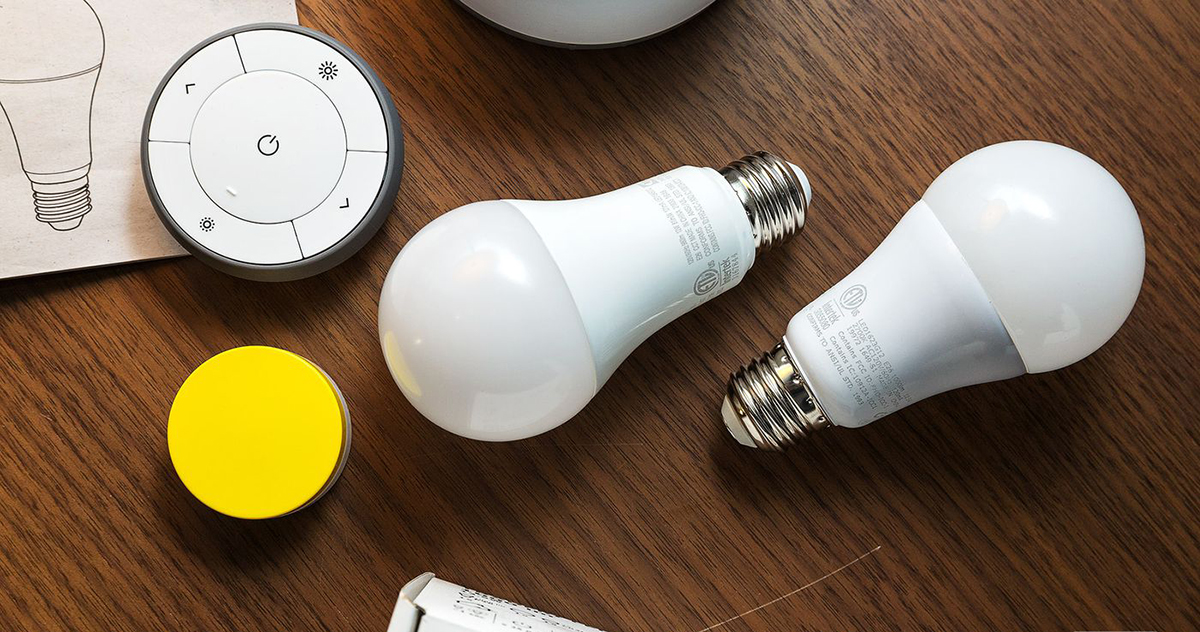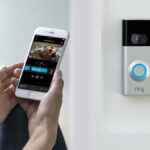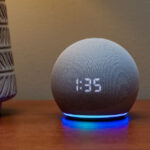Smart lights have become a viable alternative to standard lights used for illumination. Their popularity is increasing in residential buildings, be it homes, apartments, or villas. As modern homes are turning smart, more users are substituting traditional lights with smart lights.
What is Smart Lighting and How Does It Work?
Smart lights are bulbs that make use of Light Emitting Diodes (LEDs) for illumination. However, their functionality extends far beyond lighting up a room. Most of them come with an integrated module for wireless connectivity. They may use either Wi-Fi or Bluetooth for the same. The smart lights connect to the Wi-Fi network of your home or office. A few of them may use the Zigbee protocol instead.
Users can control them remotely by installing an app on their smartphone, tablet, or computer. You may switch the smart lights on or off remotely, adjust the brightness, change the temperature or color, and even program an automatic schedule. The app allows you to turn the lights on or off easily, especially when you are watching a movie on a couch, snuggling in the bed, or going to the office and can’t turn back. A smart hub may be needed for accessing the lights, although a few models can also be paired directly with a smartphone.
Smart lights can be classified into three broad types – standard, dimmable, and RGB. Standard smart lights have basic functionality and can be turned on or off through the app manually or based on a schedule. Dimmable smart lights also allow users to adjust their brightness. They can lower the light output during the day and increase it at night. RGB smart lights enable users to adjust the color of the light. The output can be set to red, blue, green, or another color out of the thousands supported by them.
Things to Consider When Buying a Smart Light
Numerous options are available for buyers of smart lights. The models have varying specifications and prices, which can be overwhelming. You can resolve your confusion by considering the following things when buying a smart light.
Lumens Rating
The primary specification to consider in a smart light is its lumens rating. It specifies the brightness of the light emitted by the LEDs. A smart bulb with an 800 lumens rating produces illumination equivalent to a 60W incandescent bulb. If you want the same brightness as a 100W incandescent bulb, consider a smart light with around 1,600 lumens brightness rating. The ideal lumens rating will depend on the usage scenario, primarily the room’s size and the number of bulbs that will be installed. You may use four 800-lumen or two 1,600-lumen smart lights in the same room. Bulbs with a lower lumens rating may be better suited for study and bedside lamps, while those with a higher rating will be ideal for ceiling fixtures.
Output Light Spectrum – White vs. RGB
Smart bulbs can output light of different spectrums. Most of them emit only white light, while the RGB variants can produce colored light with up to 16 million color options. The temperature of white light emitted may also differ from one smart light model to another. Some of them emit cool white light, whereas others are rated for warm white light.
RGB smart lights enable you to change the ambiance of your premises according to the mood or occasion. They can emit white light for regular usage and be set to a particular color for a party. You may change the color of the light as desired. It eliminates the need to invest in separate white and RGB lights. If you want the ability to set your home’s ambiance as required, then RGB smart lights may be the better option. White smart lights are suitable for day-to-day usage. You can use a combination of both white and RGB smart lights, depending on the installation location. White smart lights may be ideal for study lamps and offices. Ceilings in living rooms and bedrooms will benefit from RGB smart lights.
Hub vs. Hubless Smart Lights
Some smart lights may require you to purchase a hub or bridge for controlling them remotely. Others connect directly to your home’s Wi-Fi network and can be accessed using an app on a smartphone, tablet, or computer. Wi-Fi operated smart lights are fine in limited quantities, but if you are going to use them throughout your home, they may put a strain on your Wi-Fi network. In such cases, opting for smart lights that require a separate bridge may be the better option.
Many smart lights make use of the Zigbee protocol for communication. They don’t connect to your home’s Wi-Fi network directly but instead require a Zigbee hub or bridge. The smart lights won’t bottleneck your wireless network as they will use Zigbee frequencies. They are generally cheaper as compared to Wi-Fi smart lights. If you opt for smart lights that require a hub, you will need to spend extra for the same. A few devices like Amazon’s Echo Plus smart speaker can also double as a smart Zigbee hub. If you have such a gadget, then you won’t need to purchase a hub separately. Just make sure that the smart lights are compatible with it.
A few smart lights also have Bluetooth in addition to Wi-Fi or Zigbee. You can control them through your smartphone as long as you are within the smart light’s Bluetooth range. They can be controlled without a hub, but individually adjusting each light can be inconvenient.
Virtual Assistant Compatability
If you are considering smart lights, you are likely using a virtual assistant. The popular ones include Alexa, Google Assistant, and Siri. Most smart lights can be controlled using one or more virtual assistants. You will be able to switch them, adjust their brightness, or set a schedule by issuing voice commands to Alexa, Google, or Siri. It will be convenient for you to control the lights. However, a smart light may not work with all virtual assistants. Therefore, check if the smart lights are compatible with your preferred voice assistant beforehand.
Socket Type
Buyers must pay attention to the socket type of their lighting fixture when purchasing smart lights. Lamps and bulb holders use different types of sockets. It depends on the region or country as well as the size and type of fixture. E27, B22, GU10, E12, A19, and BR30 are some of the most popular socket types. A smart light designed for a particular socket type won’t fit another one. Therefore, make sure the smart light is compatible with your lighting fixture.
Lifespan and Warranty
As smart lights are expensive in comparison to regular lights, they must be built to last. Their quality will vary from one manufacturer to another. Consider the rated lifespan of the smart lights. They may last anywhere from two to twenty-five years as they use LED technology. Make sure that the bulb is rated for at least 10,000 hours. Choose manufacturers that provide a replacement warranty on the smart lights.




